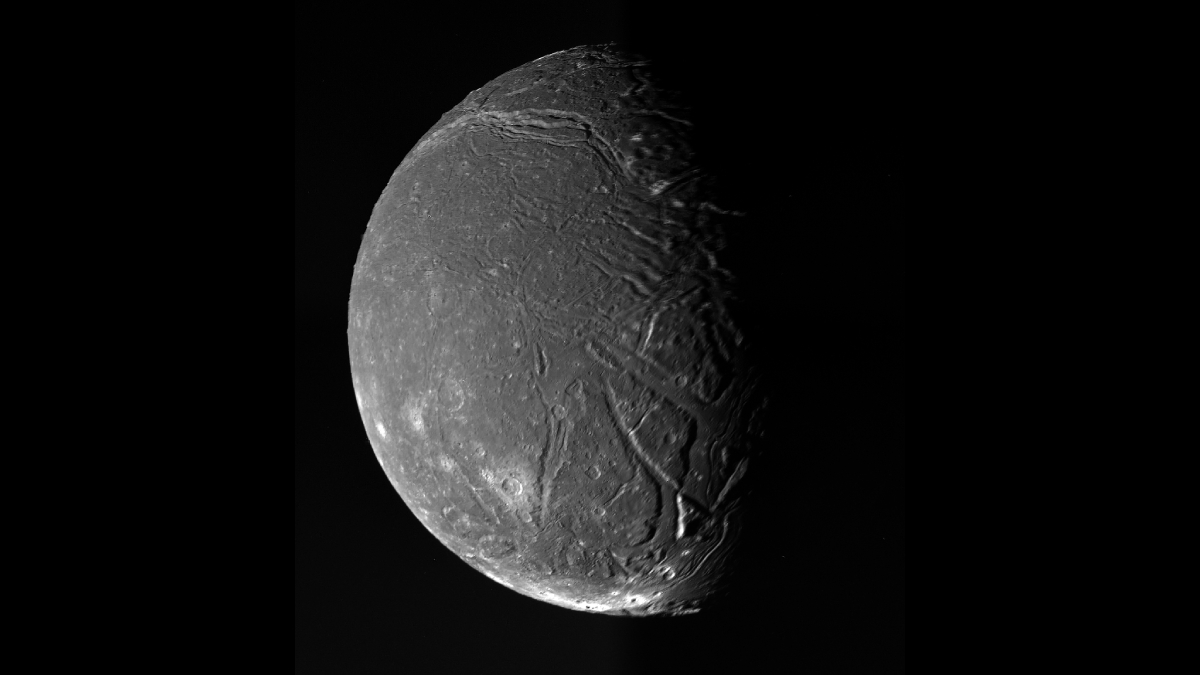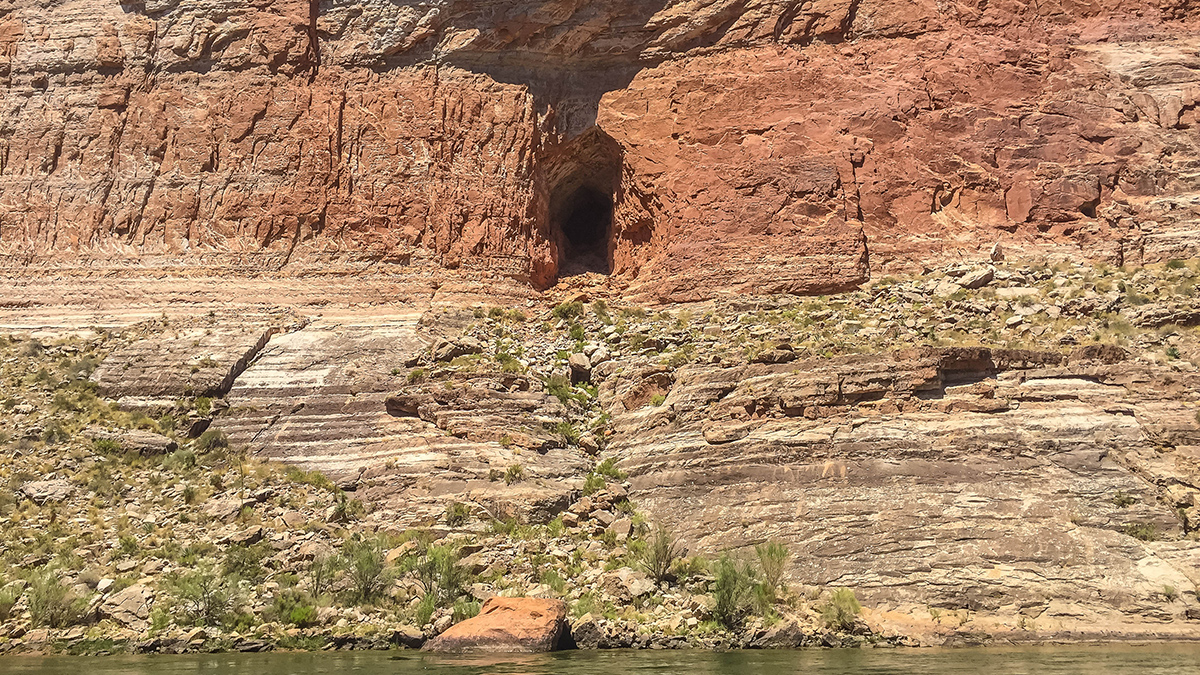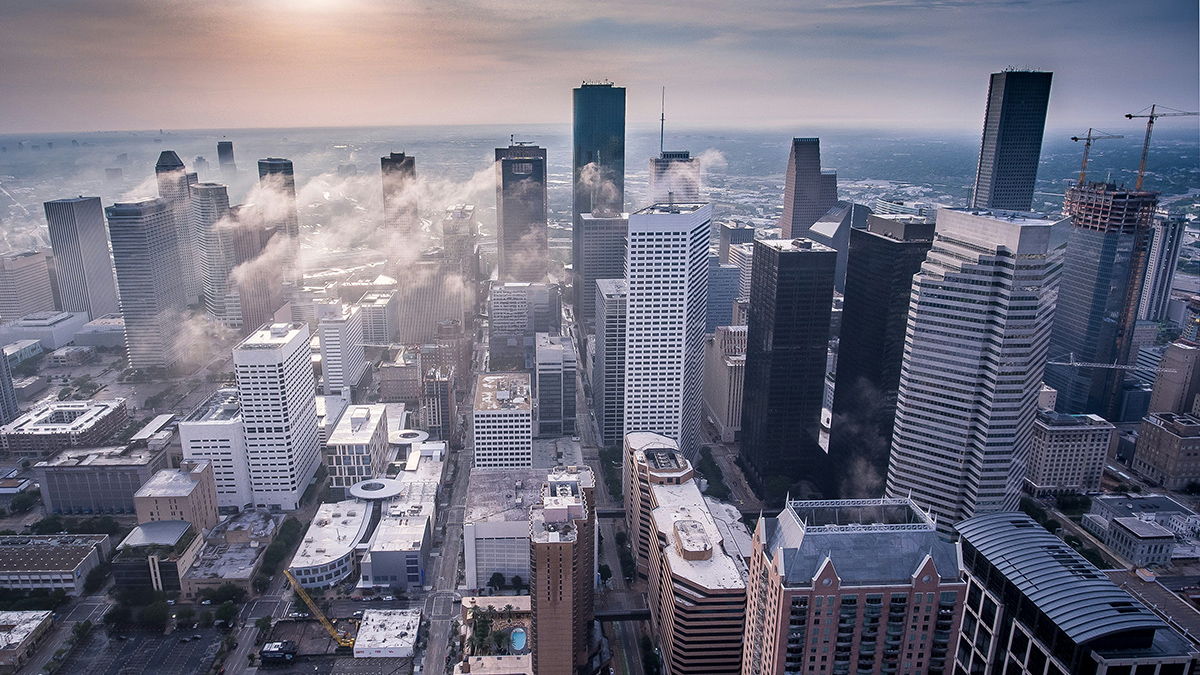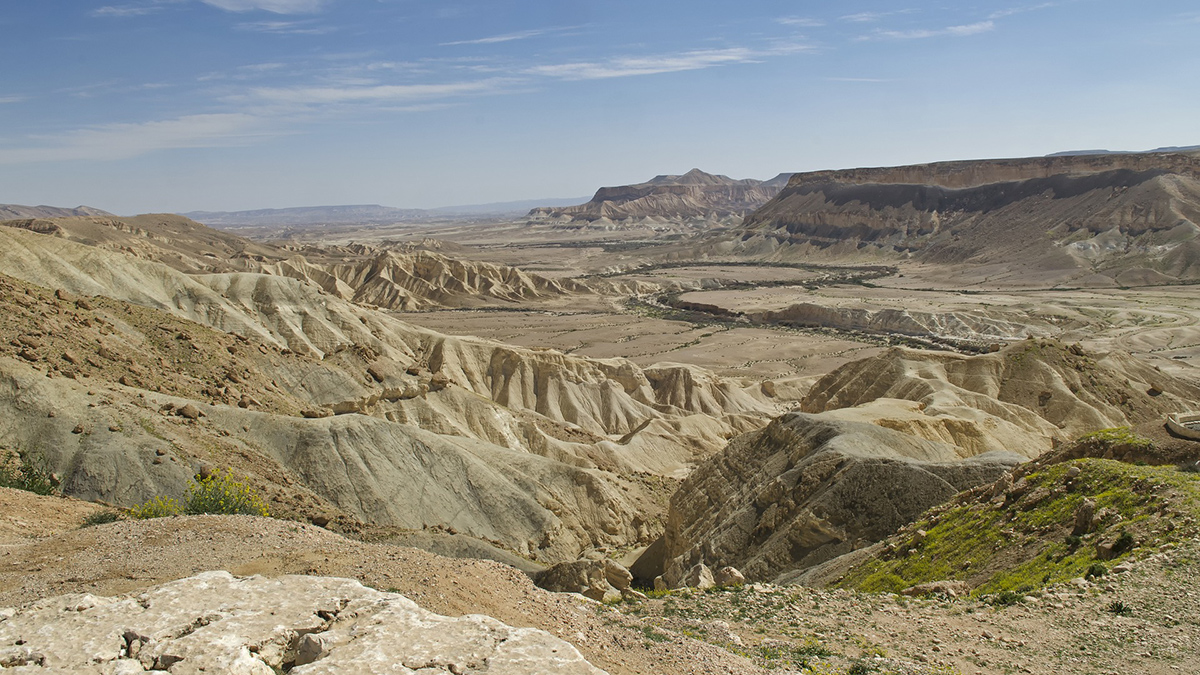Portions of the forest managed by pre-Columbian populations hold higher biomass and are more able to withstand climate change.
landscape & topography
Tiny Uranian Moon Likely Had a Massive Subsurface Ocean
Ariel’s tempestuous subsurface ocean may have once composed more than half its total volume.
An Asteroid Impact May Have Led to Flooding near the Grand Canyon
There’s remarkable synchronicity between the timing of a paleolake in what is today Grand Canyon National Park and the formation of nearby Barringer Meteorite Crater.
33.8 Million People in the United States Live on Sinking Land
The most populated cities in the country are slowly subsiding, posing risks to infrastructure and exacerbating flooding—and not just on the coasts.
Investigadores cuantifican el impacto de los animales en la transformación de la Tierra
Los animales salvajes utilizan 76,000 gigajulios de energía—el equivalente a cientos de miles de monzones o inundaciones—moldeando los ecosistemas terrestres y de agua dulce de nuestro planeta.
Climate Shifts Drive Episodic Drainage Changes
Drainage divide migration is influenced by tectonics and climate over long periods. New research in Israel shows that even shorter-term wet-dry cycles can move divides.
Deflected Dikes Perturb the Plumbing System
A multidisciplinary synthesis of the Campi Flegrei, Italy volcanic setting highlights the importance of sub-caldera layering for magma dynamics.
Researchers Put a Number on Animals’ Earth-Shaping Effects
Wild animals expend 76,000 gigajoules of energy—the equivalent of hundreds of thousands of monsoons or floods—shaping our planet’s terrestrial and freshwater ecosystems.
Topography and the Terrestrial Water Cycle
The relationship between topography and the terrestrial water cycle has been documented for thousands of years, yet there is still much to learn about Earth’s complex dynamics – both above, at, and below the surface.
Skewed Subduction Shear Zones
A global reanalysis of both short- and long-term deformation clarifies how obliquity affects strain partitioning in convergent plate boundaries.










